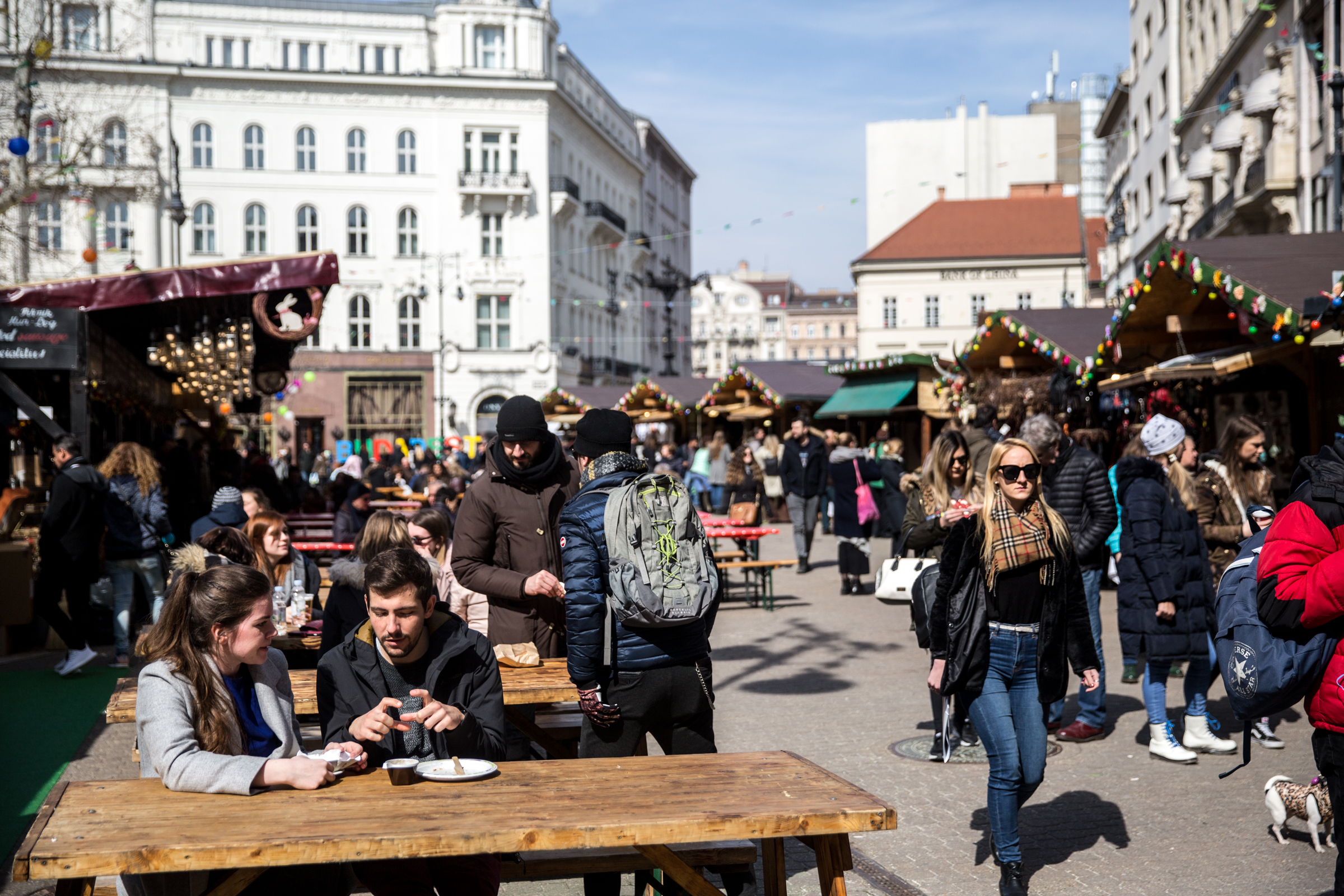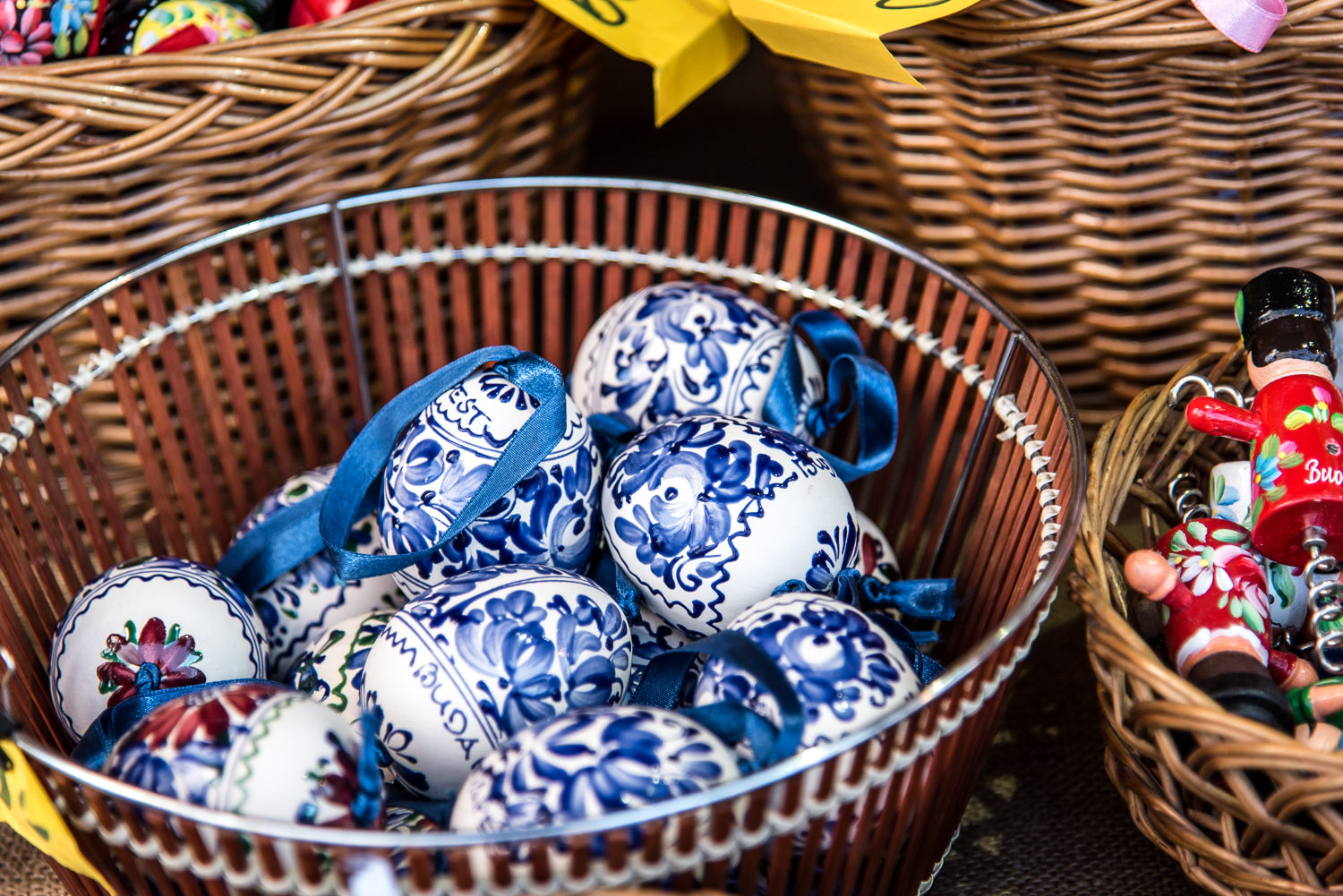As many others do,Hungarians celebrate Easter (Húsvét) as a prominent cultural and Christian event. Here, though, the obscure tradition of locsolkodás shakes up the annual Easter observance. On the Monday, menfolk go from house to house to recite poetry to the female host before splashing her with cheap perfume or – and here comes the twist to this seemingly courteous custom – with a bucketful of cold water. While this practice has links to earlier pagan fertility rituals, in modern-day celebrations it expresses the wish that the lady in question won't wilt like a flower. In return for this noble act, men are then treated to food, strong drinks and freshly painted eggs.
Easter Sunday and Monday are marked as public holidays in the Hungarian calendar and, from this year, Good Friday too. On these three days, most shops close and public transport runs less frequently. Restaurants and bars should operate according to usual opening hours.
Easter at Várkert Bazaar
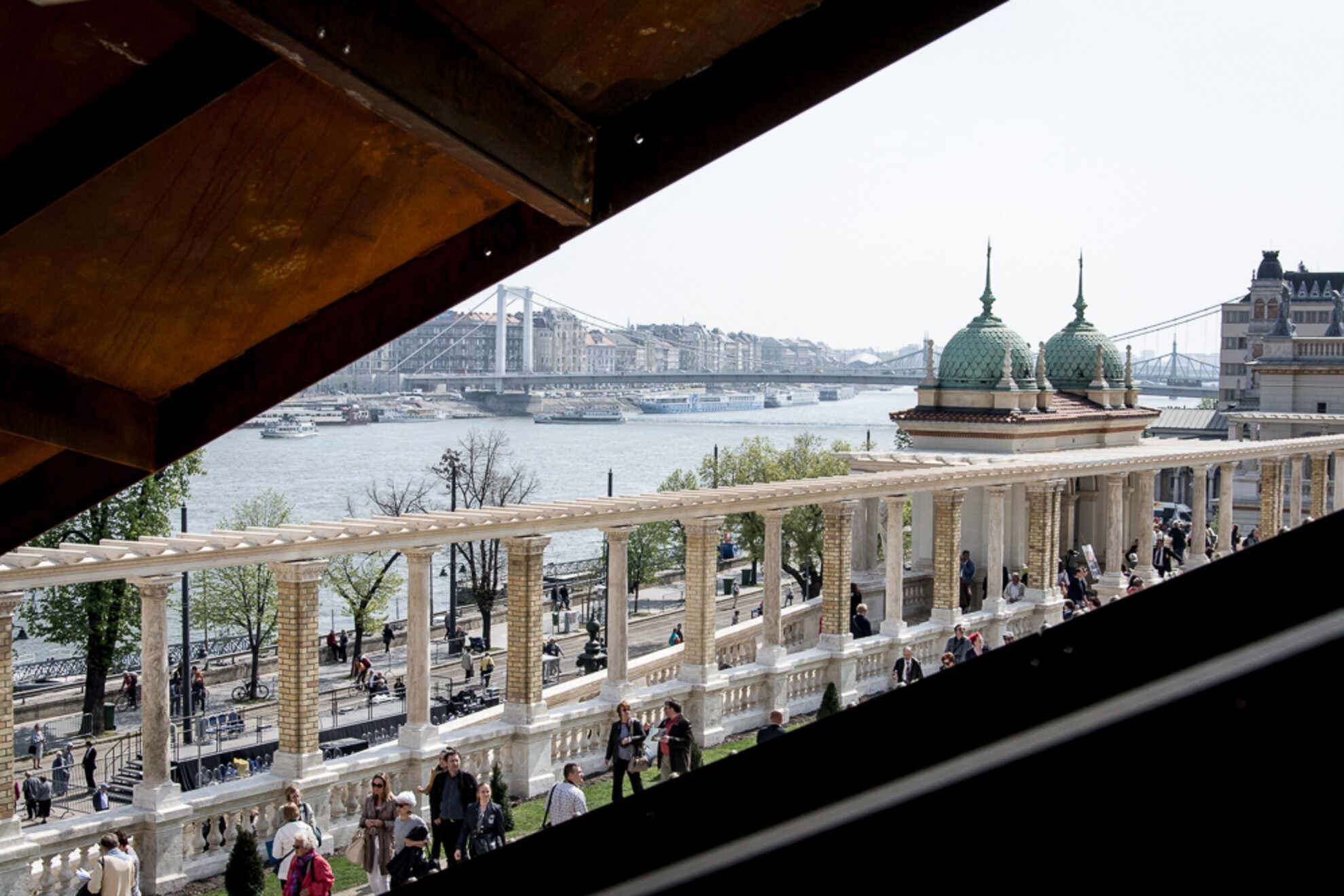
From Saturday through Monday, the palatial parkland at the foot of Buda Castle fills with life, when crowds congregate for springtime celebrations. Visitors are invited to join egg-painting and decorating workshops, an age-old Easter tradition in Hungary. Jazz, pop and acoustic concerts by Hungarian bands add to the fun. Meanwhile, the indoor facilities of Várkert Bazaar host the annual PONT Festival (March 30th-April 1st), featuring Easter-themed photo exhibitions and flamenco dance, as well as puppet shows for children. Activities are scheduled every day from 10am to 6pm.
More details (in Hungarian)
Budapest Spring Fair
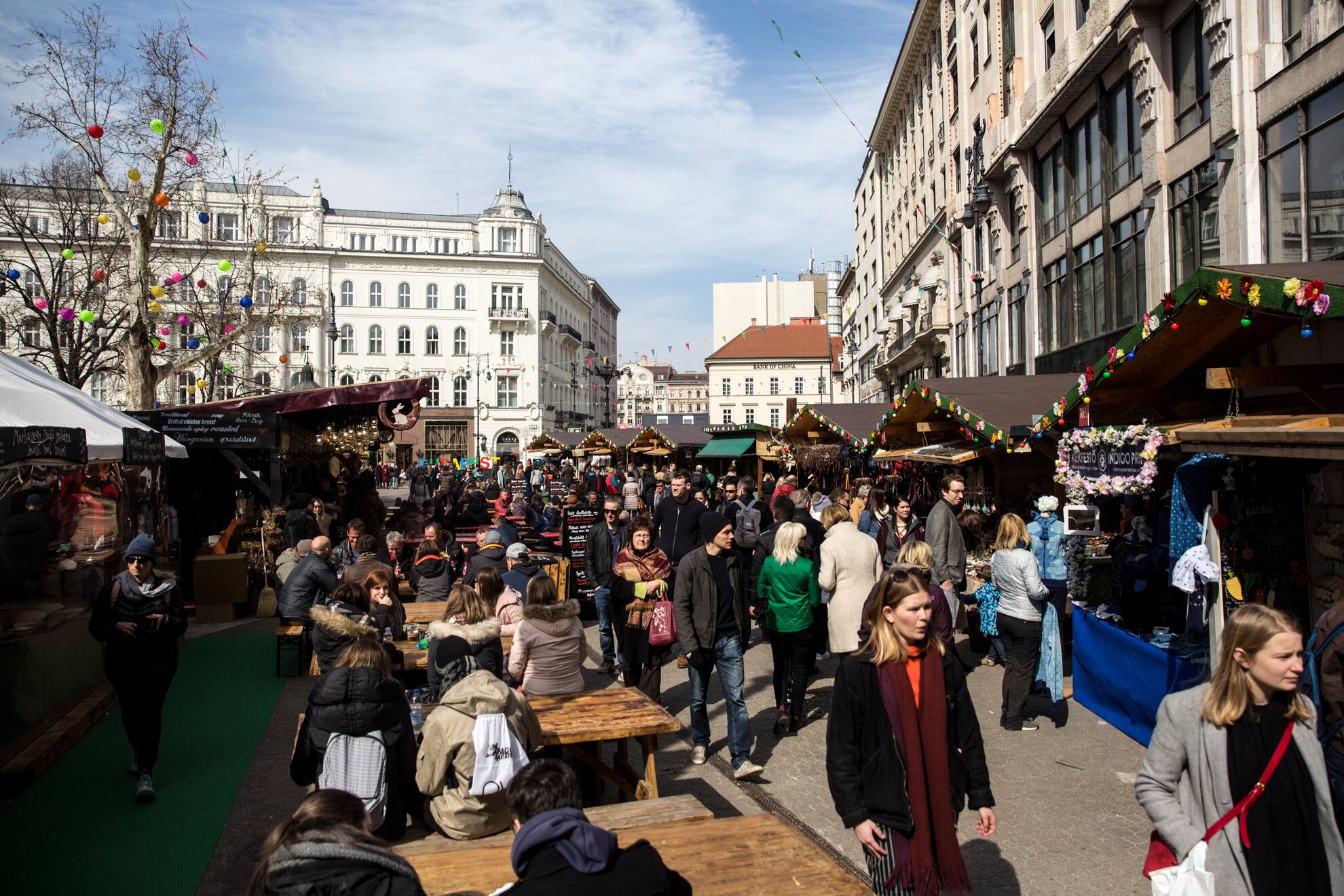
Focal Vörösmarty tér is known for hosting the city’s biggest Christmas Market. The end of winter makes this same square buzz again for the Budapest Spring Fair, a month-long bazaar proffering locally made handicrafts. Besides Magyar-made ceramics, accessories and Easter props, thematic gastronomic events tempt visitors, who can sample traditional holiday treats. On Good Friday, the menu features meat-free dishes, such as vegetarian stuffed cabbage. Over the Easter weekend, look for air-dried cured ham and braided milk loaf. The week that follows the holiday will bring lashings of lamb.
In Search of the Easter Bunny
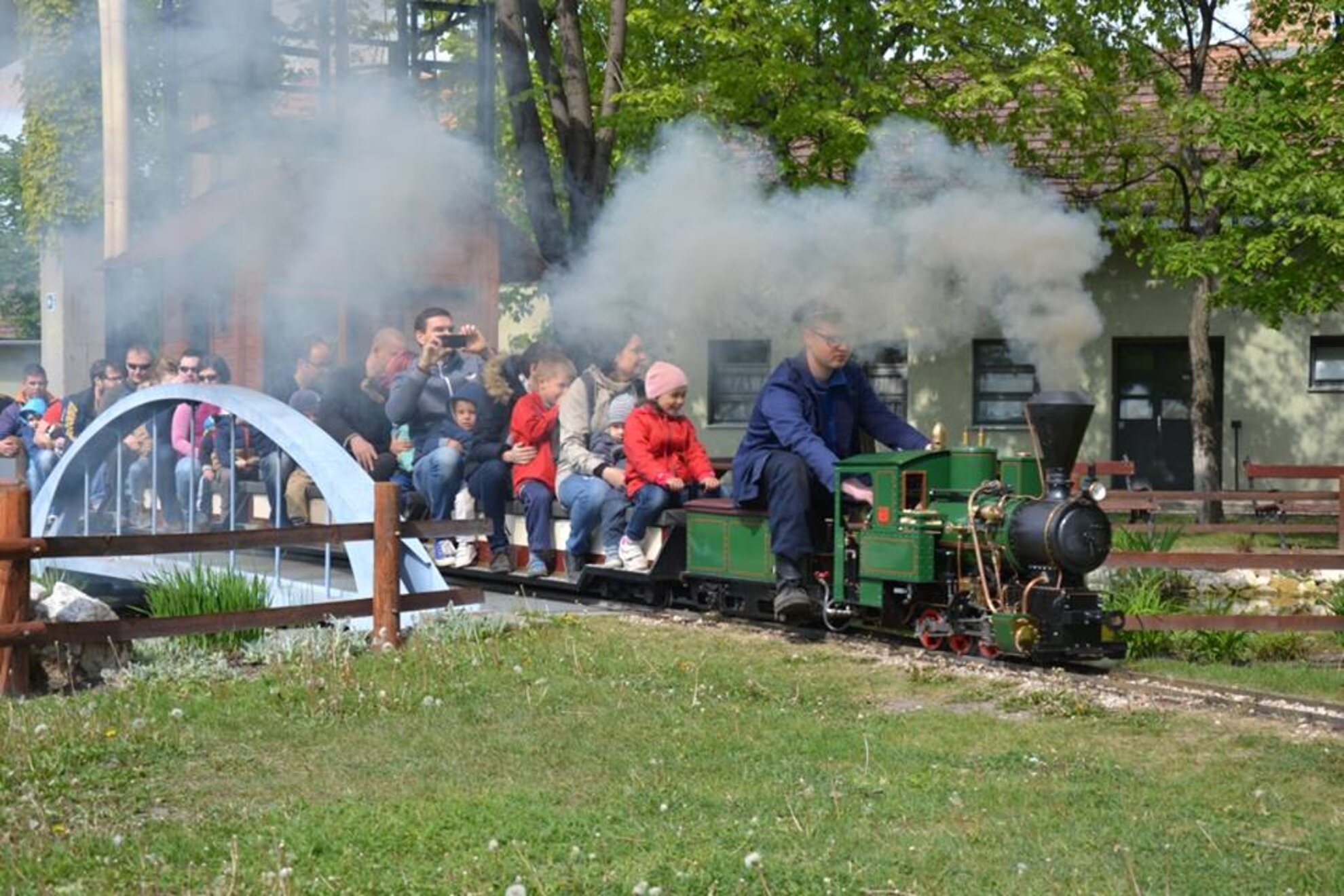
Stretching across a former depot, the Hungarian Railway Museum (District XIV, Tatai út 95) draws locomotive-lovers every spring and summer to Budapest’s outer district to admire historic trains. This year, the season-opening date falls on Easter Sunday and on April 2nd, this interactive exhibition space transforms into a vast hunting ground and showcase for the reenactment of local heritage. This is when children search for freshly painted or chocolate eggs, said to have dropped by the Easter Bunny, an indispensable part of modern celebrations. A garden railway, horse-drawn trams and locomotives transfer visitors across the park between 10am and 6pm.
More details (in Hungarian)
Easter Festival in Szentendre
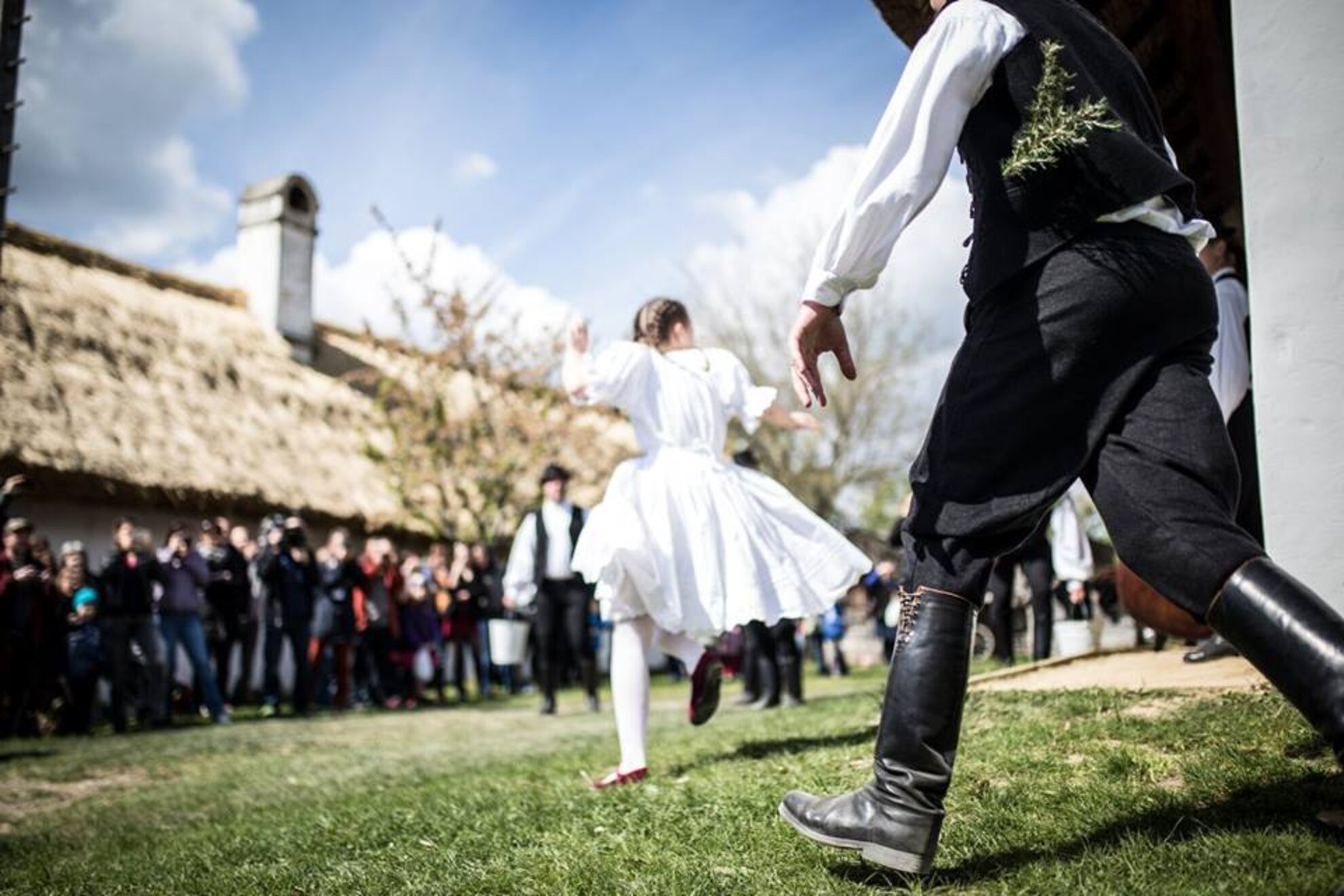
The city of Szentendre north of Budapest is a popular destination for daytime getaways. This historic settlement is also home to the Skanzen Hungarian Open Air Museum, a meticulously recreated village that presents Magyar life from centuries ago, with various cottages showcasing the folk-art architectural styles of different regions. Frequent holiday celebrations inspire live displays of traditional dancing in the streets. If you visit this homely hamlet this Sunday or Monday, costumed processions and plenty of splashing evoke how Hungarians celebrated Easter back in the day. Skanzen will be open from 9am to 6pm.
How to get there:
From Batthyány tér, take the HÉV train to the Szentendre terminus, journey time 40 minutes. From Szentendre HÉV station, find bus stop number 7 and take the local service to the Skanzen.
More details (in Hungarian)
Easter in Hollókő
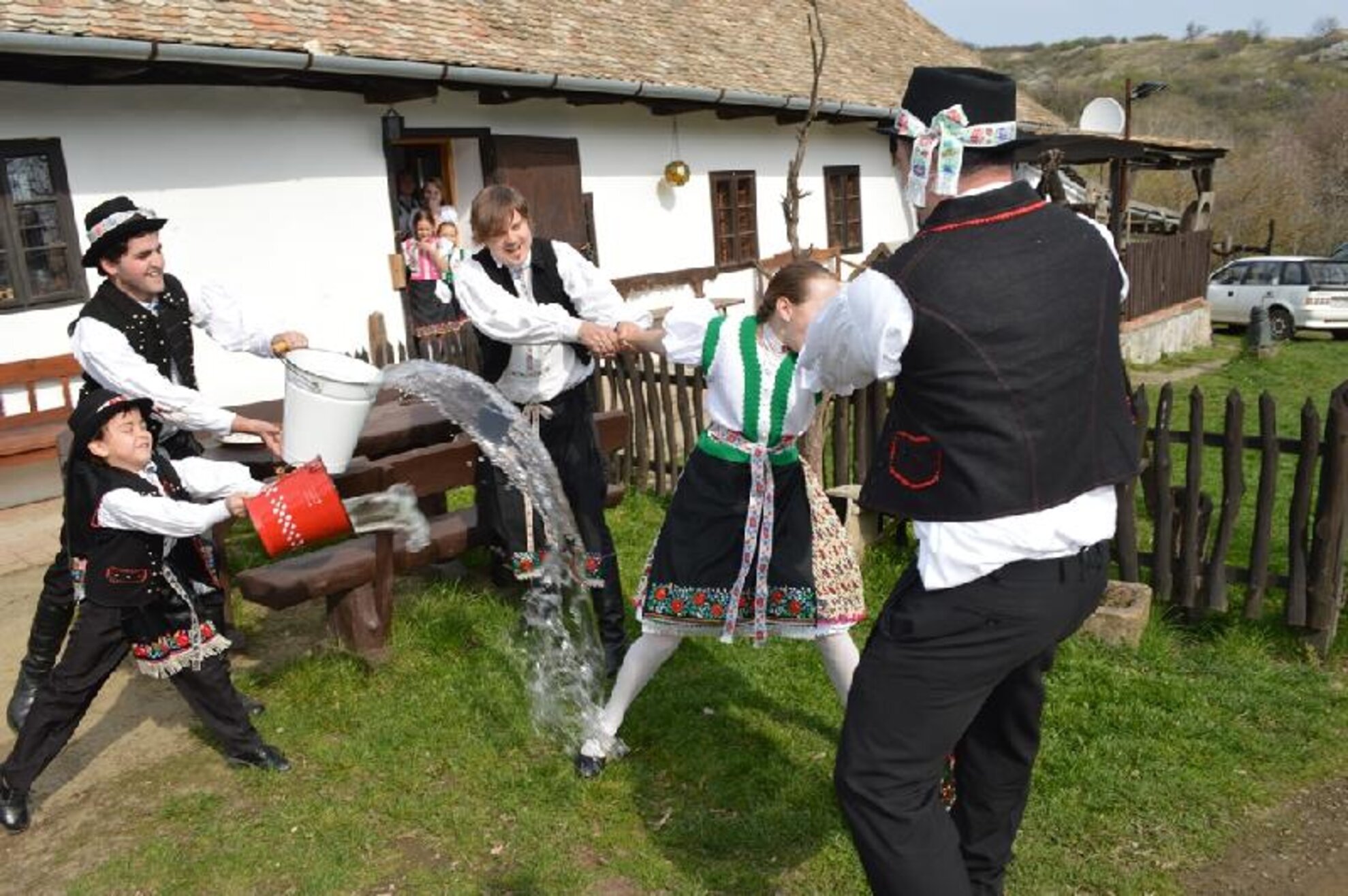
Every year, the historic World Heritage-listed village of Hollókő provides an authentic setting for Hungary’s most famous Easter festival. Between March 30th and April 2nd, this hillside community of old-fashioned houses becomes a stage for special Hungarian Easter customs. Typical scenes on this occasion feature locals wearing folk costumes, medieval-style celebrations at the Castle of Hollókő and lively folk-dance sessions. This outdoor fiesta also serves as a showcase for Palóc gastronomy, presenting the characteristic food of north-east Hungary.
How to get there:
The regional bus leaves Puskás Ferenc Stadion on the M2 metro line at 8:30am, journey time two hours. By car, take motorway M3, exit at the intersection of Hatvan, then take road 21 towards Pásztó. Before reaching Pásztó, at the intersection take a left turn for Szécsény and Hollókő, then on Kossuth utca, a left turn for Hollókő. There is signposted parking in the areas surrounding the village.
Easter brunches
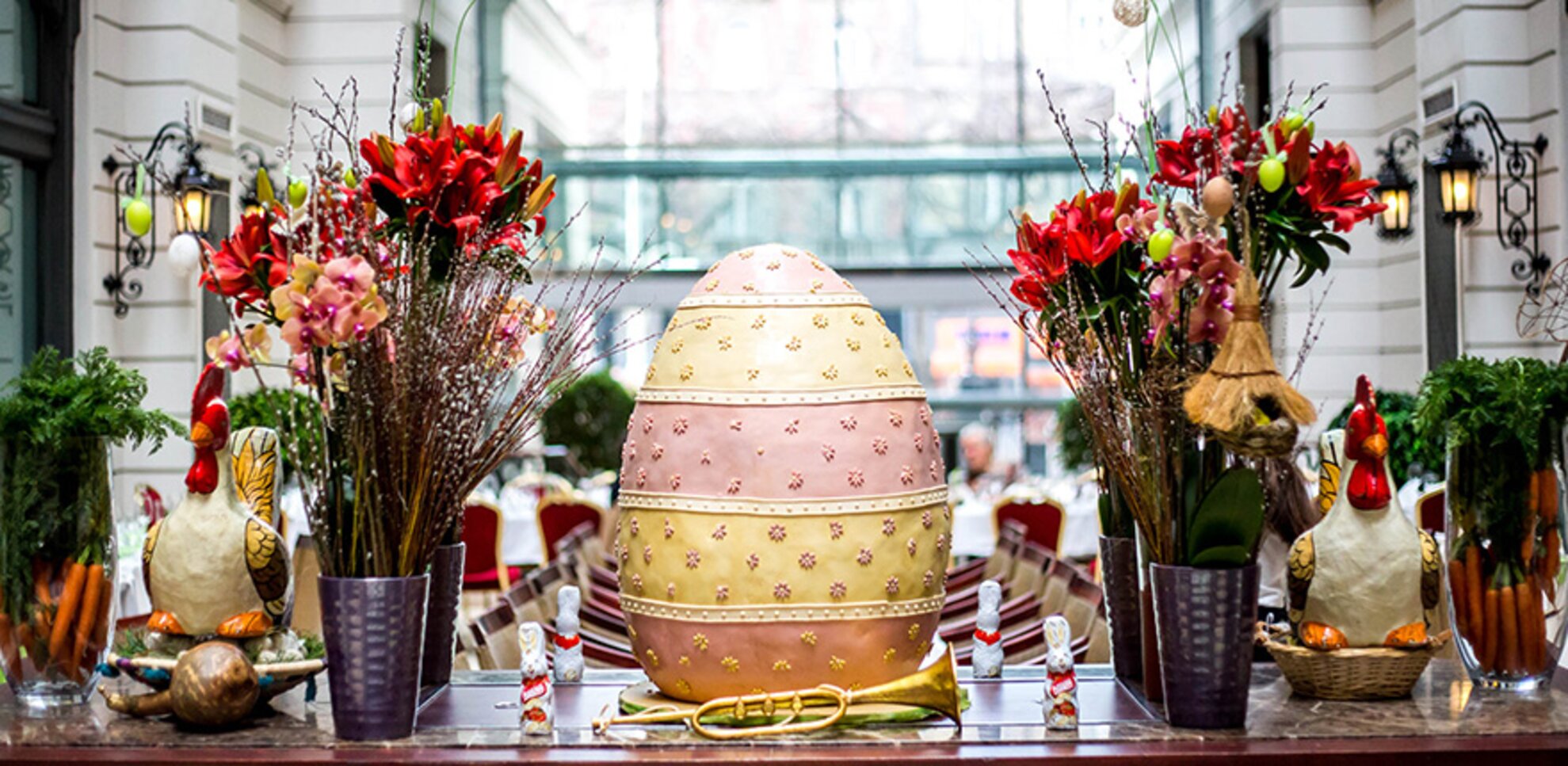
Plenty of the city's prominent dining destinations offer special feasts for Easter. This article suggests where to enjoy Easter brunches, from low-priced to deluxe.
